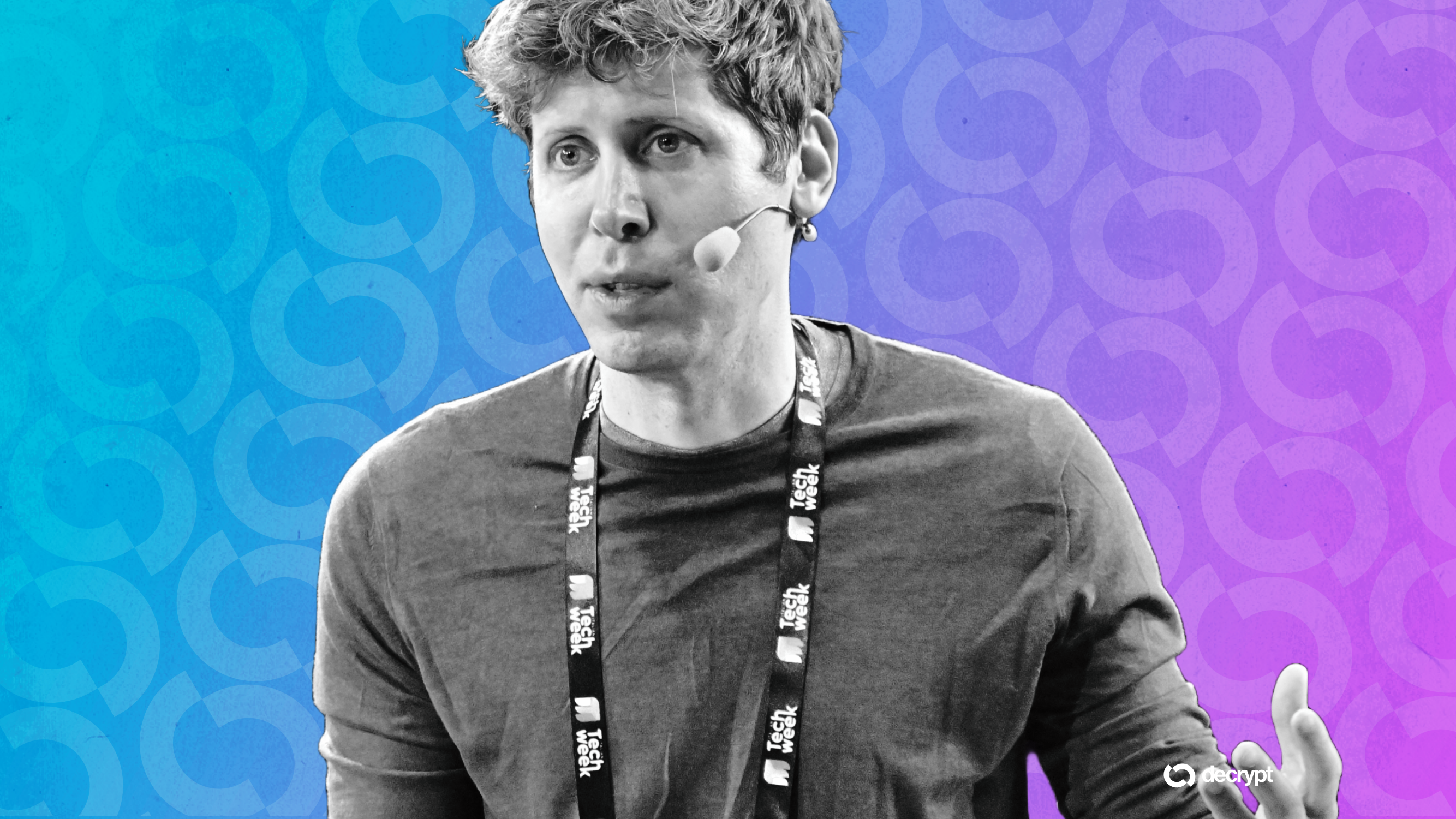Barbie & Hot Wheels Maker Bets Big on OpenAI—Here’s How AI Will Supercharge Toy Production

Mattel just handed its supply chain an AI-powered jetpack. The toy giant—behind icons like Barbie and Hot Wheels—is deploying OpenAI tech to slash costs and turbocharge output. No more guessing which Elsa doll variant will trend next Christmas.
Assembly Lines Get Brain Upgrade
Generative AI now handles everything from predictive inventory modeling to designing limited-edition Hot Wheels liveries. Early tests show 30% faster turnaround on market-responsive product iterations. Take that, Lego.
Wall Street Still Skeptical
Analysts whisper about "another distraction from declining mall foot traffic"—but when Q3 margins expand by 4.2%, expect those same critics to suddenly "discover" AI''s potential. Typical.
An AI on child safety
Safety and privacy concerns are significant to the deal, given Mattel''s young customer base.
"As a central part of this collaboration, Mattel and OpenAI will emphasize safety, privacy, and security in the products and experiences that come to market," Mattel said in a statement, noting the importance of age-appropriate play experiences.
Mattel retains full control over its intellectual property and product development, with Silverman noting the company is not licensing its brands to OpenAI. Initial discussions between the companies began late last year.
"With OpenAI, Mattel has access to an advanced set of AI capabilities alongside new tools to enable productivity, creativity, and company-wide transformation at scale,” said Brad Lightcap, OpenAI''s chief operating officer.
The announcement comes as OpenAI continues expanding across industries.
OpenAI has also struck big league partnerships with Microsoft for cloud computing services and Apple for integrating ChatGPT into iOS devices, while also securing content licensing deals with major news publishers, including The Associated Press.
The company dominated last month, with ChatGPT handling 80% of all generative AI traffic, resulting in 5.5 billion visits, significantly outperforming other AI models.
Edited by Sebastian Sinclair

